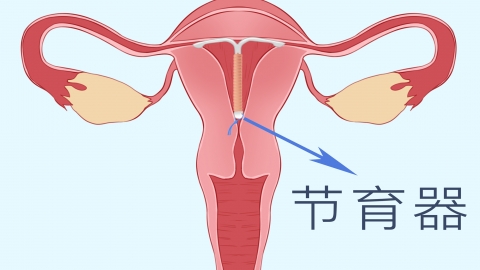What does "shang huan" mean?
Generally speaking, "inserting an IUD" refers to placing an intrauterine device (IUD) inside a woman's uterus. A detailed explanation is as follows:

The intrauterine device primarily achieves contraceptive effects by interfering with the implantation of the fertilized egg. The IUD causes a localized sterile inflammatory reaction within the uterus, altering the uterine environment and making it difficult for the fertilized egg to implant and develop on the uterine lining. The mechanisms of different types of IUDs may also involve effects on sperm motility, interference with transport of the fertilized egg, and other factors.
This contraceptive method has a relatively high efficacy rate, and after removal of the IUD, a woman's fertility can recover relatively quickly. However, IUD placement may also cause some side effects, such as irregular vaginal bleeding, increased menstrual flow, and prolonged menstrual periods.
After insertion of the IUD, it is important to rest and avoid heavy physical labor and strenuous exercise. During the first 1–2 weeks after the procedure, prolonged standing and running should be avoided as much as possible to prevent displacement of the IUD. At the same time, maintain external genital hygiene, and avoid tub bathing and sexual intercourse for two weeks postoperatively to prevent infection.




